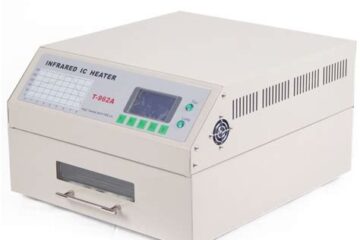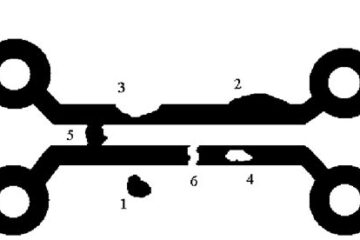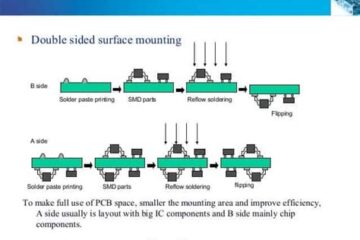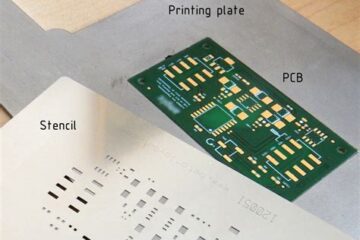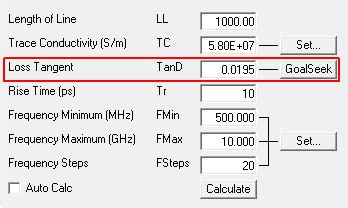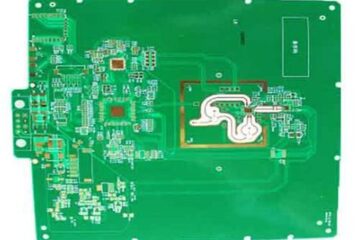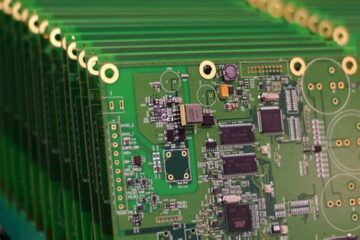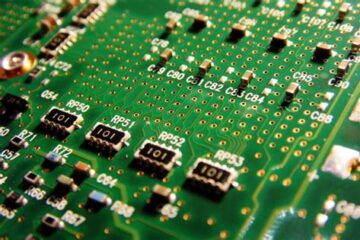PCBA
What is Reflow Soldering?
How Reflow Soldering Works The reflow soldering process can be broken down into several key steps: Solder Paste Application: Solder paste, a mixture of powdered solder and flux, is precisely applied to the PCB’s contact pads using a stencil or screen printing process. The stencil ensures the proper amount of solder is deposited in the correct locations. Component Placement: Surface mount components are placed onto the solder paste deposits on the PCB. This is typically Read more…
